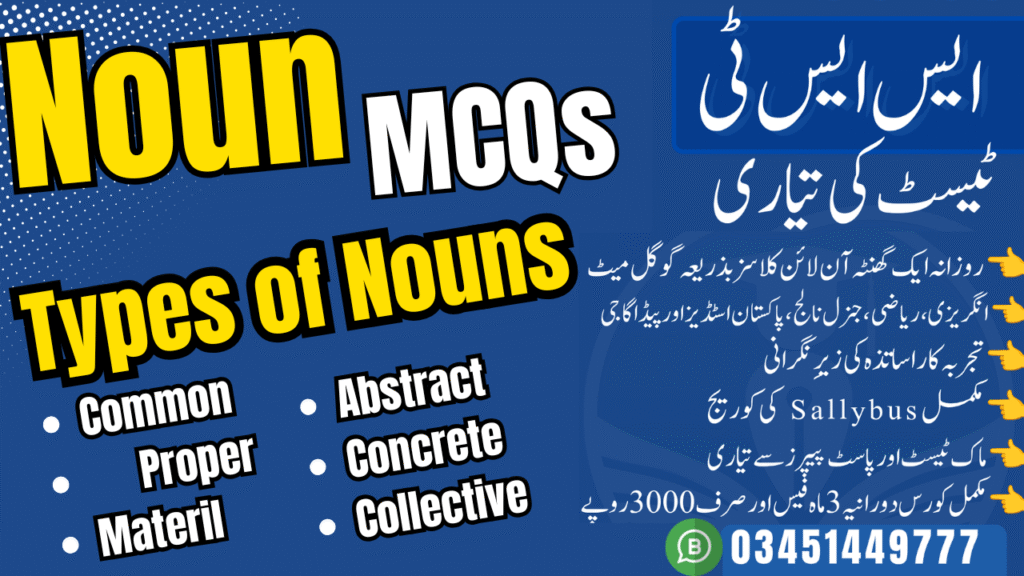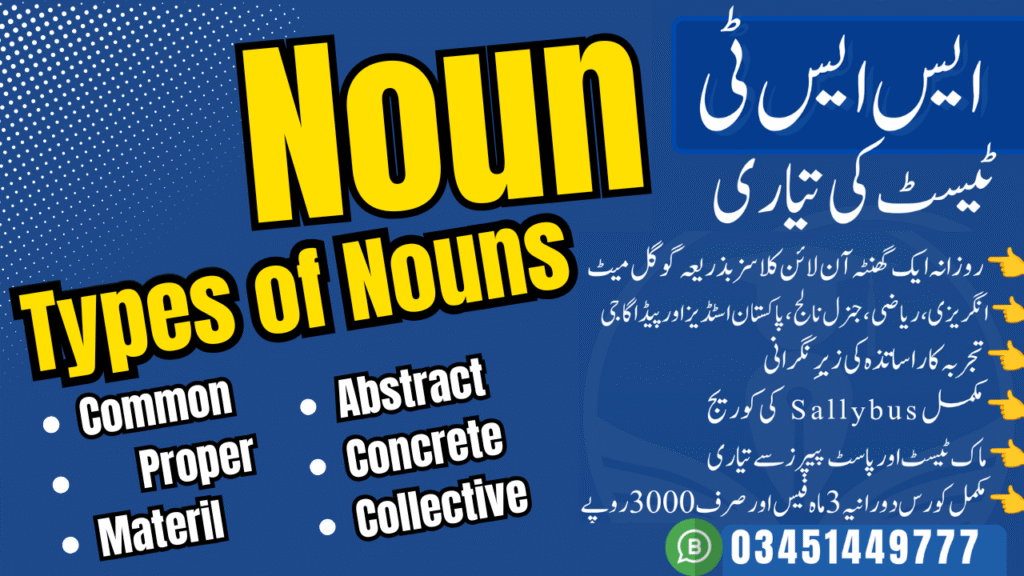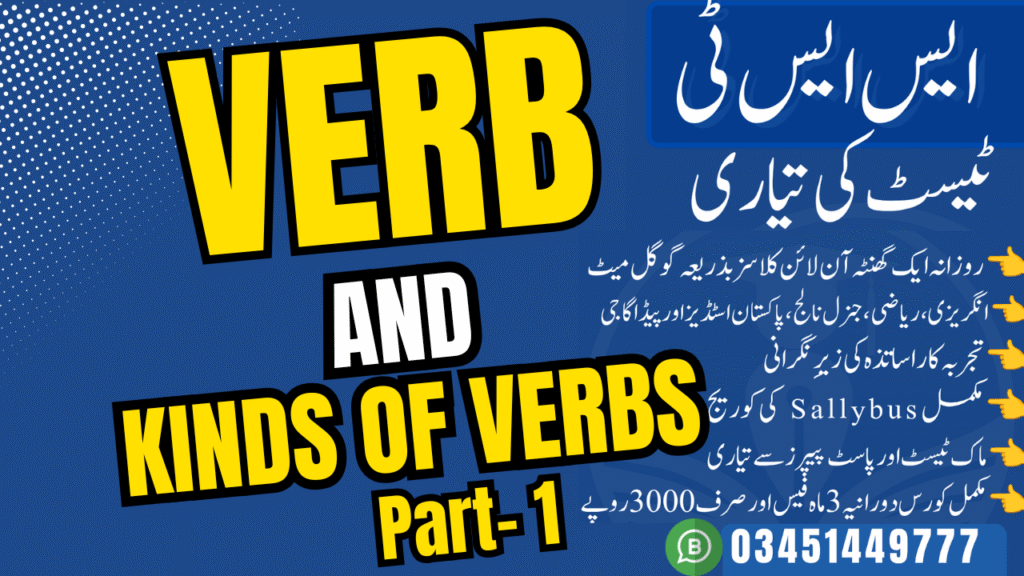Conjunctions in English Grammar: Types, Uses, and Common Mistakes
What is a Conjunction?
A conjunction is a word that serves a primary role as a connector, linking words, phrases, or clauses within a sentence. It is an Important part of English grammar, yet its classification is uniquely defined by its function in a sentence rather than by any fixed form. Unlike other parts of speech that have inflection, conjunctions do not change form.
A word such as for can function as a preposition, as in ……
- “He went for a walk,”
or as a conjunction, as in……
- “He was shivering, for it was cold.”
The ability to identify a word’s role in a specific context is a fundamental skill that allows for a deeper understanding of sentence structure and meaning.
Conjunctions are the essential building blocks that enable the construction of more complex expressions.
Conjunctions 100 MCQs Live Test
1 of 100
Score: 0
Quiz Complete!
You answered out of 100 questions correctly.
Importance of Conjunctions in Grammar
Conjunctions are the architectural connectors of language. Their primary purpose is to “economize and vary sentence structures,” preventing communication from becoming a series of short, choppy, and disconnected statements.
They allow a writer to combine several ideas into a single, cohesive unit, transforming simple sentences into compound or complex structures that can convey intricate thoughts. They signal to the reader or listener whether a connection is one of addition, contrast, cause, or choice. Without these tools, communication would lack coherence, rhythm, and logical flow.
The statement “He was hungry. He ate an apple.” can be made far more fluid and precise by adding a conjunction: “He was hungry, so he ate an apple,” clearly indicating a cause-and-effect relationship. This grammatical precision is vital for conveying messages effectively in both formal writing and everyday conversation.
Types of Conjunctions
- Coordinating conjunctions
- Subordinating Conjunctions
- Correlative conjunctions
- . Conjunctive Adverbs
Coordinating conjunctions connect words, phrases, or independent clauses that are of equal grammatical rank. These are easy to remember with the acronym FANBOYS.
- Subordinating Conjunctions
Subordinating conjunctions connect a dependent (or subordinate) clause to an independent clause. The dependent clause cannot stand alone as a complete sentence. These conjunctions express a relationship such as cause and effect, contrast, or time.
3. Correlative conjunctions
Correlative conjunctions are pairs of words that work together to connect two equal grammatical elements in a sentence. The elements joined by these pairs must be parallel in structure.
4. Conjunctive adverbs
Conjunctive adverbs, also known as transition words, connect two independent clauses or sentences. They are punctuated differently than coordinating conjunctions, typically using a semicolon before the adverb and a comma after it when joining two clauses in a single sentence.
- Coordinating Conjunctions (FANBOYS)
Coordinating conjunctions connect words, phrases, or clauses of equal grammatical rank. They are used to link elements that have the same weight or importance in a sentence (Compound Sentences). There are seven coordinating conjunctions in the English language, and they are easily remembered with the mnemonic acronym FANBOYS:
Coordinating conjunctions are words that join two words, phrases, or independent clauses of equal importance.
For, And, Nor, But, Or, Yet, and So. A coordinating conjunction is placed directly between the items it links together, serving as a symmetrical bridge between grammatically equivalent ideas.
FANBOYS is the acronym:
- F – For (reason/cause)
- A – And (addition)
- N – Nor (negative choice)
- B – But (contrast)
- O – Or (choice/alternative)
- Y – Yet (contrast/surprise)
- S – So (result/consequence)
Examples
- I stayed home, for I was sick
- Ahmad bought a pen, and Bilal purchased a notebook. \
- Sana wanted to play cricket, but it started raining in Shangla.
- Ali can choose tea, or coffee at the canteen.
- Zain was tired, so she slept early.
- Hina studied hard, for she wanted to pass the ETEA test.
- Hamza cannot read, nor can he write properly.
- The road was dangerous, yet the driver continued fast.
Rule:
Always use a comma before FANBOYS when joining two complete sentences.
- I went to Peshawar and I visited my friend. (comma missing) ❌
- I went to Peshawar, and I visited my friend last year. ✅
Purpose and Usage of Each FANBOYS
Each of the seven FANBOYS serves a specific function, as detailed below:
- For: This conjunction explains a cause or a reason. It is often considered a more formal alternative to because. For example, “The students stayed inside, for it was too hot to play outside in Peshawar”.
- And: This is used to add information or combine ideas. The items being linked can be reversed without changing the meaning of the sentence. “Hassan bought cooking oil and sugar”.
- Nor: This conjunction introduces a negative alternative, linking two negative clauses. For example, “He did not call, nor did he send a message”.
- But: Used to show contrast between two ideas. It connects two ideas that are both true, yet the second one presents a surprising or different direction from the first. An example is, “The test was difficult, but everyone received a passing grade”.
- Or: This conjunction presents a choice or an alternative. It links two ideas where only one can be true. For Example, “Do you want to visit Shangla or go to the Kalam?”.
- Yet: Similar to but, yet shows contrast or a concession, often with a stronger sense of surprise or irony. For example, “He studied for hours, yet he failed the exam”.
- So: This conjunction indicates a result or consequence. It connects a cause with its effect. For example, “The weather was beautiful, so the family decided to go for a picnic at Shangla Top”.
Commas with Coordinating Conjunctions
Correct punctuation with coordinating conjunctions is essential for clarity and is not an arbitrary rule; it is a signal of the grammatical weight of the elements being joined.
- Rule 1: Joining Two Independent Clauses. A comma must be placed before a coordinating conjunction that connects two independent clauses. This is an important tool for creating a compound sentence and preventing the common error known as a comma splice.
For example, “Komal loves to hike, but her brother, Bilal, prefers fishing.”
- Rule 2: Joining Words, Phrases, or Dependent Clauses. When a coordinating conjunction joins only two words, two phrases, or two dependent clauses, no comma is used.
For example, “She decided to hike and camp in Badar Sar”.
- Rule 3: The Oxford Comma. When joining three or more items in a series, a comma is placed between each item. A comma may or may not be placed before the final conjunction; this is known as the Oxford or serial comma and is a matter of stylistic choice. An example with the Oxford comma is, “He bought mangoes, oranges, and apples.”
2. Subordinating Conjunctions
Linking Dependent to Independent Clauses
Subordinating conjunctions serve a different purpose than their coordinating counterparts. They introduce a dependent clause—a group of words with a subject and verb that cannot stand alone as a complete sentence. The subordinating conjunction connects this dependent clause to a main, independent clause, creating a complex sentence. The conjunction’s function is to define the relationship between the two ideas, which can include cause, time, condition, or contrast.
A wide variety of words and phrases function as subordinating conjunctions:
- Cause: because, since, as. For example, “She felt happy because she visited Kalam Valley”.
- Time: after, before, once, until, when, while. For Example, “After the guests arrived, the party started”.
- Condition: if, unless, provided that. For example, “You will pass the test unless you forget to study”.
- Contrast/Concession: although, though, even though, while. For example, “Although he had a lot of work, he helped his sister with her project”.
- Purpose: in order that, so that. For example, “He studied diligently so that he could pass the exam”.
Punctuation of Subordinate Clauses (The ‘Comma Rule)
The placement of the subordinate clause determines the punctuation. This is not a random rule but a function of emphasis and sentence flow. A comma serves as a signal to the reader that the introductory phrase is complete and the main idea is about to follow.
- Rule 1: A comma must follow a dependent clause when it introduces the sentence. For example, “Because the car broke down, Hina was late for her class.”
- Rule 2: A comma is typically not needed when the dependent clause follows the independent clause. For example, “Hina was late for her class because the car broke down.”
- Exception: A comma may be used if the clause is nonessential, meaning it provides extra, non-critical information. For example, “My cousin, who studies at IM Sciences, came to visit.”
3. Correlative Conjunctions
Correlative conjunctions are words that function in pairs to connect grammatically equal elements.
They work together to link words, phrases, or clauses, reinforcing the relationship between them. Common pairs include either…or, neither…nor, both…and, not only…but also, whether…or, and as…as.
Rule of Parallelism
When using correlative conjunctions (either…or, neither…nor, both…and, not only…but also, whether…or), the items they join must follow the same grammatical structure.
- A noun must pair with a noun.
- A verb phrase must pair with a verb phrase.
- A clause must pair with a clause.
This creates balance, clarity, and rhythm in writing.
Example:
- She planned to collect data by either using an online survey or conducting phone interviews. ✅
- She planned to collect data by either using an online survey or by conducting phone interviews.❌
(“by using” ≠ “by conducting” → one is a phrase with “by,” the other without. Not parallel.)
1. Noun with Noun
- Either Ali or present the project will be tomorrow. ❌
- Either Ali or Bilal will present the project. ✅
- She invited both teachers and to attend the event. ❌
- She invited both teachers and students to the event. ✅
2. Verb Phrase with Verb Phrase
- He not only studies hard but also active in class. ❌
- He not only studies hard but also participates actively in class. ✅
- They will either stay at home or their grandparents in Lahore. ❌
- They will either stay at home or visit their grandparents in Lahore. ✅
3. Clause with Clause
Neither she likes cricket nor football.
Neither she likes cricket nor does she enjoy football.
Whether you agree with me or disagreement, we must respect each other. ❌
Whether you agree with me or you disagree with me, we must respect each other. ✅
Errors and Navigating Agreement
Correlative conjunctions are a frequent source of grammatical error, particularly in two areas:
- Mismatched Pairs: A common mistake is to use the wrong pair, such as “neither…or” instead of the correct “neither…nor”.
- Subject-Verb Agreement: The verb must agree with the subject in number. A specific “proximity rule” applies to either…or and neither…nor: the verb agrees with the subject closest to it. For
- both…and, the verb is always plural.
- Neither the teachers nor the student were ready.❌
- Neither the teachers nor the student was ready. ✅
4. Conjunctive Adverbs
What are Conjunctive Adverbs?
A conjunctive adverb is a word that connects two independent clauses (complete sentences) and shows the relationship between them. It acts like both an adverb (because it modifies the whole clause by showing cause, contrast, sequence, etc.) and a connector (like a conjunction).
Conjunctive Adverbs vs. Coordinating Conjunctions
The fundamental difference between a conjunctive adverb and a coordinating conjunction is in their part of speech and function, which dictates their punctuation and placement. A conjunctive adverb is an adverb first and foremost; it cannot grammatically link two clauses, but it can create a meaningful connection. This distinction is most apparent in how they are punctuated:
- Coordinating Conjunction: Mamoo is funny, but Chachoo is funnier.
- Conjunctive Adverb: Mamoo is funny; however, Chachoo is funnier.
Semicolons and Commas
When a conjunctive adverb is used to join two independent clauses, it must be preceded by a semicolon and followed by a comma.
- He studied hard; consequently, he passed the exam.
Alternatively, the clauses can be separated by a period, with the conjunctive adverb starting the new sentence, also followed by a comma.
- The weather was beautiful. Therefore, we went to the park.
Conjunctive Adverbs and Their Functions
Here are some common conjunctive adverbs, categorized by the relationship they express :
- Cause/Effect: therefore, consequently, accordingly, as a result.
- Contrast: however, instead, nevertheless, nonetheless.
- Addition: also, besides, furthermore, moreover, in addition.
- Sequence: then, next, finally.
Conjunctions in Context
Real-Life Scenarios from the Classroom
Conjunctions are a bridge between abstract grammatical rules and real-life communication. Using relatable scenarios helps to make the rules tangible.
The teacher asks students to describe their trip.
- Usman says, “We went to the White Palace, and we explored Kalam Valley.” He is using a coordinating conjunction to link two equally important actions.
- Another student, Komal, uses a subordinating conjunction: “We were very excited because the weather was pleasant.”
- Because the weather was pleasant, We were very excited.
Here, “because” clearly shows the cause of their excitement.
The teacher is assessing a presentation by a group of four.
The students are asked about their preparation.
- Ayesha explains, “We not only researched the topic but also prepared a detailed presentation.” She uses a correlative conjunction pair to show two parallel actions.
When asked if the whole group was ready, she might say,
- “Neither Ali nor Fatima was ready to present, so we had to reschedule,” using a correlative conjunction and a coordinating conjunction to explain the situation clearly.
The students are talking about their favorite food.
Hina says,
“My mother makes a delicious biryani, but my father prefers pulao.” She uses but to show a contrast between her parents’ preferences.
Bilal adds,
- “I want to have a cold drink, for it is very hot today,” using the conjunction for to give a reason.
Errors and Exercises
The ‘Run-On’ and ‘Comma Splice’
The most common errors in writing are run-on sentences and comma splices.
A run-on sentence joins two or more independent clauses with no punctuation.
A comma splice joins them with only a comma, incorrectly assuming the comma alone is sufficient. Conjunctions provide the primary solution to these issues.
Here are the four solutions to correct a run-on sentence or comma splice:
- Use a Coordinating Conjunction: Add a comma and a coordinating conjunction to create a compound sentence. For example, “The students prepared for the exam, and they passed with good grades”.
- Separate with a Period: Use a period to create two separate, complete sentences. For example, “The students prepared for the exam. They passed with good grades”.
- Use a Semicolon: Use a semicolon to join two closely related independent clauses. For example, “The students prepared for the exam; they passed with good grades”.
Remember: We can replace the semicolon with a comma + FANBOYS (For, And, Nor, But, Or, Yet, So) — but only if the relationship makes sense.
- With and: The students prepared for the exam, and they passed with good grades.
- With so: The students prepared for the exam, so they passed with good grades.
- With but (if contrast was intended): The students prepared for the exam, but they were still nervous.
- Use a Subordinating Conjunction: Use a subordinating conjunction to turn one of the independent clauses into a dependent clause. For example,
- “Because the students prepared for the exam, they passed with good grades”.
- They passed with good grades because the students prepared for the exam.
Exercise
Practice is the most effective way to achieve mastery in grammar. The following exercises provide opportunities for students to apply their knowledge.
Detailed Fill-in-the-Blanks (Basic to Advanced)
Choose the best conjunction to complete each sentence.
- The cat is furry, ___ it is friendly. (and, but, or)
- ___ Asad had prepared for weeks, he was still nervous before the final exam. (Although, Because, So that)
MCQs
- Which conjunction is used to show a choice?
- (a) and
- (b) but
- (c) or
- (d) so
- The team played well; _____, they lost the match.
- (a) therefore
- (b) consequently
- (c) however
- (d) finally
Sentence Construction
Combine the following pairs of simple sentences using the specified conjunction.
- Faisal wanted to travel to Lahore. + He saved money.
- Combine using so: _________________________
- The tea was hot. + He drank it slowly.
- Combine using so that: _______________________
Key Notes and Tips
- Focus on the Relationship: The choice of conjunction should always be based on the intended relationship between the ideas (e.g., cause, contrast, addition).
- Read Widely: Exposing oneself to various texts provides natural examples of conjunctions used correctly.
- Start Simple: For new learners, it is effective to introduce one conjunction at a time before mixing them in exercises.
- Practice Sentence Combining: This is a crucial skill that builds fluency and the ability to construct complex sentences.
Comparative Charts
Conjunctions can be intimidating due to their various types and rules. These charts provide a clear visual reference for key distinctions and common pitfalls.
Table 1: The Four Types of Conjunctions at a Glance
| Type of Conjunction | Function | Examples | Punctuation |
| Coordinating | Links grammatically equal words, phrases, or independent clauses. | for, and, nor, but, or, yet, so | Comma before the conjunction when joining independent clauses. |
| Subordinating | Links a dependent clause to an independent clause. | because, although, when, if, while | Comma after the dependent clause if it begins the sentence. |
| Correlative | A pair of words that links grammatically equal elements. | either…or, neither…nor, not only…but also | Requires parallel structure; commas are rarely used between the pairs. |
| Conjunctive Adverbs | Links two independent clauses; functions as an adverb and a connector. | however, therefore, moreover, consequently | Semicolon before and comma after when joining two clauses in a single sentence. |
Table 2: Common Correlative Conjunctions and Parallel Structure
| Correlative Pair | Correct Example | Incorrect Example |
| both…and | Both the students and the teacher enjoyed the lesson. | She enjoys both reading novels and writing poetry. |
| either…or | You can either take the bus or walk to school. | Either you can submit the report today or you can submit it tomorrow. |
| not only…but also | She not only speaks Spanish but also writes French. | She not only speaks Spanish but also can write in French. |
Table 3: Conjunctive Adverbs by Function
| Function | Conjunctive Adverbs |
| Addition | also, besides, furthermore, moreover, in addition |
| Cause/Effect | accordingly, consequently, therefore, as a result |
| Contrast | however, instead, nevertheless, nonetheless, conversely |
| Emphasis | certainly, indeed, in fact, undoubtedly |
| Sequence | first, next, then, finally, subsequently |
| Time | before, meanwhile, now, since |







